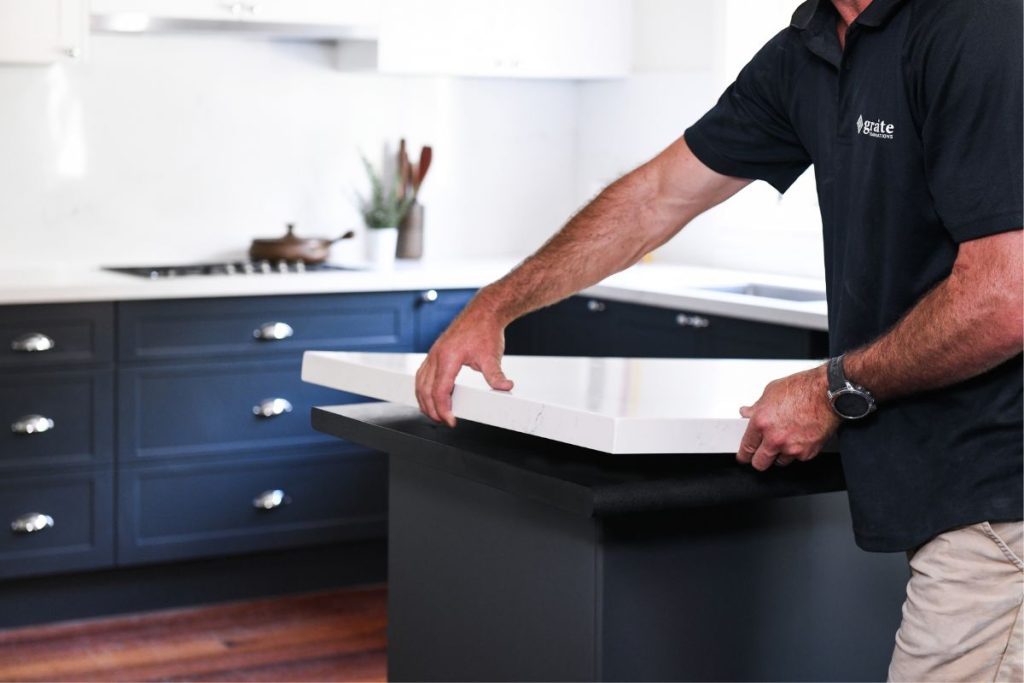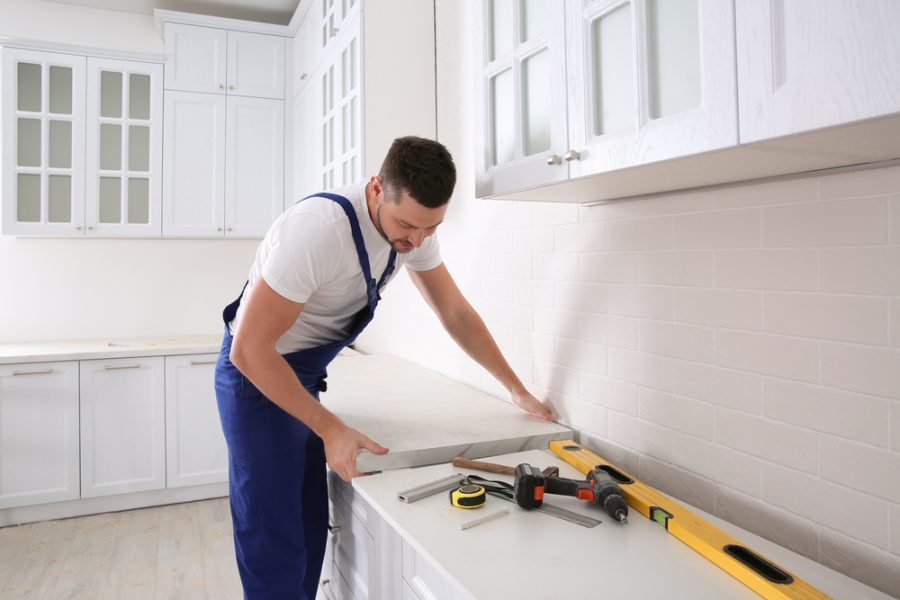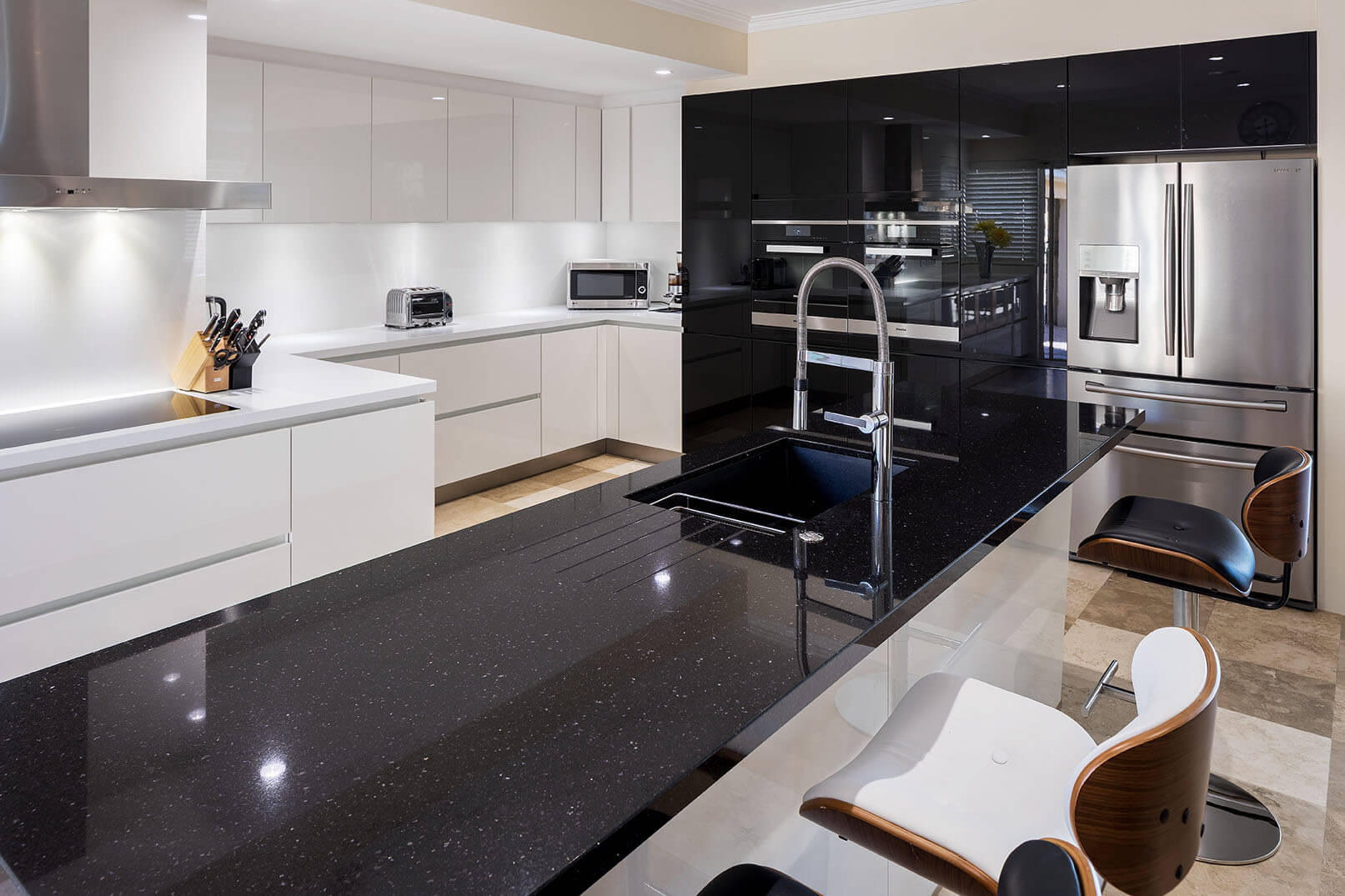Table of Contents
ToggleStone benchtops bring unmatched elegance and resilience to your kitchen or bathroom — but what happens when that once-flawless surface begins to crack, stain, or lose its appeal?
At Emporium Stone, we understand how frustrating it is to watch a premium feature age beyond repair. You may find yourself constantly patching up damage, only to face the same problems again. That’s why we help you recognize the exact moment when it’s smarter to replace stone benchtops rather than continue with temporary fixes.
In this article, we guide you through clear signs, smart choices, and how to approach the process based on the type of stone benchtops you have.
Common Indicators of Stone Benchtop Deterioration
Even the most durable stone benchtops aren’t immune to the effects of time, frequent use, and environmental exposure. Recognizing early signs of deterioration not only protects your investment but also helps you avoid costly repairs or replacements later. At Emporium Stone, we help you identify these warning signals so you can take action at the right time. Here are the most common indicators that it’s time to consider replacing your stone benchtops:
- Cracks and Chips: Structural imperfections such as spiderweb cracks in marble or chipped edges in granite often signal deeper weakening beneath the surface. These flaws compromise both the appearance and the integrity of your benchtop.
- Persistent Stains and Discoloration: If your benchtop — especially those made from porous stones like limestone — has developed stains that resist even deep cleaning, it may indicate internal material damage or long-term chemical absorption.
- Warping or Unevenness: Stone surfaces should always feel level and solid. Warping can occur due to poor installation or shifting foundations, resulting in a benchtop that looks and functions unevenly.
- Surface Wear and Erosion: Over time, frequent use may cause the surface to lose its original shine or develop a rough, worn texture, particularly in high-traffic areas like kitchen prep zones.
Understanding these signs empowers you to make informed decisions and when replacement becomes the right move, we’re here to help you transition smoothly, based on the type of stone benchtops you currently have.
Repair vs. Replacement: How to Decide
When your stone benchtops start showing signs of wear, it’s natural to wonder whether a simple repair will suffice or if a full replacement is the better long-term solution. At Emporium Stone, we guide you through that decision with clarity and care, helping you weigh the extent of damage against the cost, aesthetics, and functionality of your space.
Here are key factors to consider when deciding between repair and replacement:
- Small Cracks and Chips: If the damage is minor and localized — such as a small chip in a quartz benchtop — it can often be filled and polished without compromising structural integrity or visual appeal.
- Surface-Level Stains: Certain materials, like granite, respond well to professional treatments such as resealing and deep cleaning, which can restore the surface without needing to remove stone benchtops entirely.
- Cost-Effectiveness: Repairs generally offer a budget-friendly option, especially when the underlying structure is still solid. A targeted fix may add years of use without the investment of a full replacement.
Ultimately, the decision comes down to balancing aesthetics, performance, and cost. If you’re unsure, our team is always ready to assess the condition of your benchtop and recommend the most practical and visually satisfying option based on the type of stone benchtops in your home.
When You Must Replace Stone Benchtops
There comes a point when repairing your stone benchtops simply isn’t enough whether due to safety, cost, or aesthetics. At Emporium Stone, we help you recognize the signs that clearly indicate it’s time to replace stone benchtops entirely, ensuring your space remains both functional and visually impressive.
Here are the key situations when replacement is the smartest option:
- Extensive Cracks or Damage: If the cracks are widespread or run deep across the surface — like in a cracked travertine benchtop — repair becomes unreliable and may not restore the original strength or look.
- Structural Problems: Warping, instability, or an uneven surface often suggest foundational issues that cannot be corrected by surface-level fixes. In these cases, it’s safer and more effective to remove stone benchtops and install new ones.
- Outdated Style: If your kitchen or bathroom feels stuck in a past decade, replacing an old or mismatched type of stone benchtops with a modern option like quartz or engineered stone can instantly elevate the entire space.
- High Maintenance Costs: Constantly fixing chips, stains, or dullness not only adds up financially but also causes ongoing inconvenience. A full replacement offers a lasting solution with lower upkeep.
By choosing to replace at the right time, you not only avoid ongoing repairs but also invest in a refreshed space that aligns with your style, needs, and long-term value. Let us help you make that transition smoothly with expert craftsmanship and premium materials.
Knowing when to repair or replace your stone benchtops can save you time, money, and frustration while preserving the beauty of your space. By recognizing key signs of wear from deep cracks to outdated styles, you can make confident, cost-effective decisions. Regular assessments help you stay ahead of serious damage and avoid unnecessary expenses. At Emporium Stone, we’re here to guide you through the best solution for your type of stone benchtops.
Contact us today for expert advice and a tailored recommendation that suits your space and budget.




